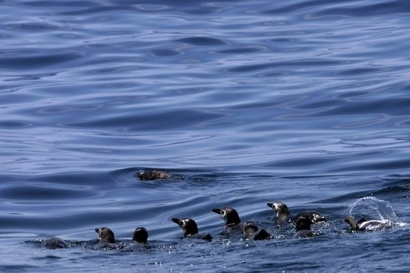
© AFP/File/Mauricio LimaMagellanic penguins swim off the coast of Santos, Sao Paulo, Brazil. Hundreds of dead penguins and other sea animals have washed up on Sao Paulo state's shores and scientists are investigating the causes, according to environment officials.
Hundreds of dead penguins and other sea animals have washed up on Sao Paulo state's shores and scientists are investigating the causes, environment officials told Folha Online news agency.
The Institute of Environment and Natural Resources said 530 penguins, numerous other sea birds, five dolphins and three giant sea turtles have been found in the coastal towns of Peruibe, Praia Grande and Itanhaem, with more likely on other nearby beaches.
Sao Paulo University biologists and a wildlife research center are looking into the possible reasons for the animal deaths, the institute said.
Praia Grande authorities have ruled out pollution, saying preliminary investigations point to starvation as the cause.
The most likely scenario for the penguin deaths is exhaustion and hunger during their long migration from the waters off Argentina's southern Patagonia region, said Andrea Maranho, a veterinarian for the Sea Animal Rehabilitation Center in Praia Grande.
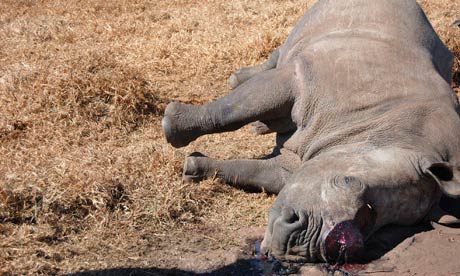
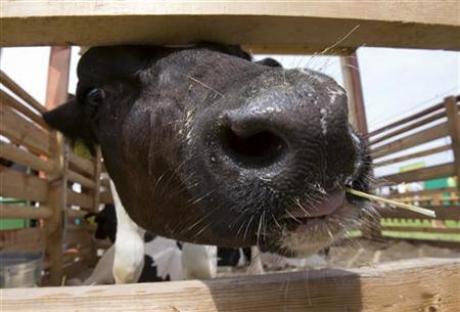

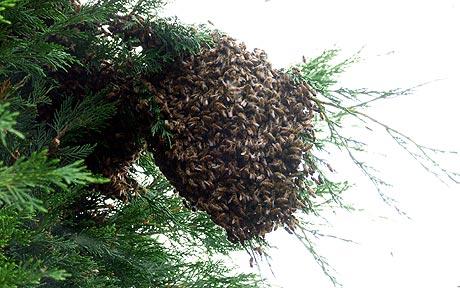
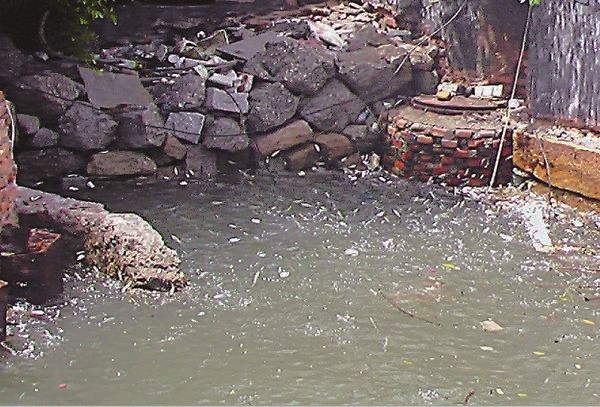
Comment: Perhaps the marmots read this article by Laura Knight-Jadczyk: Fire and Ice - The Day After Tomorrow